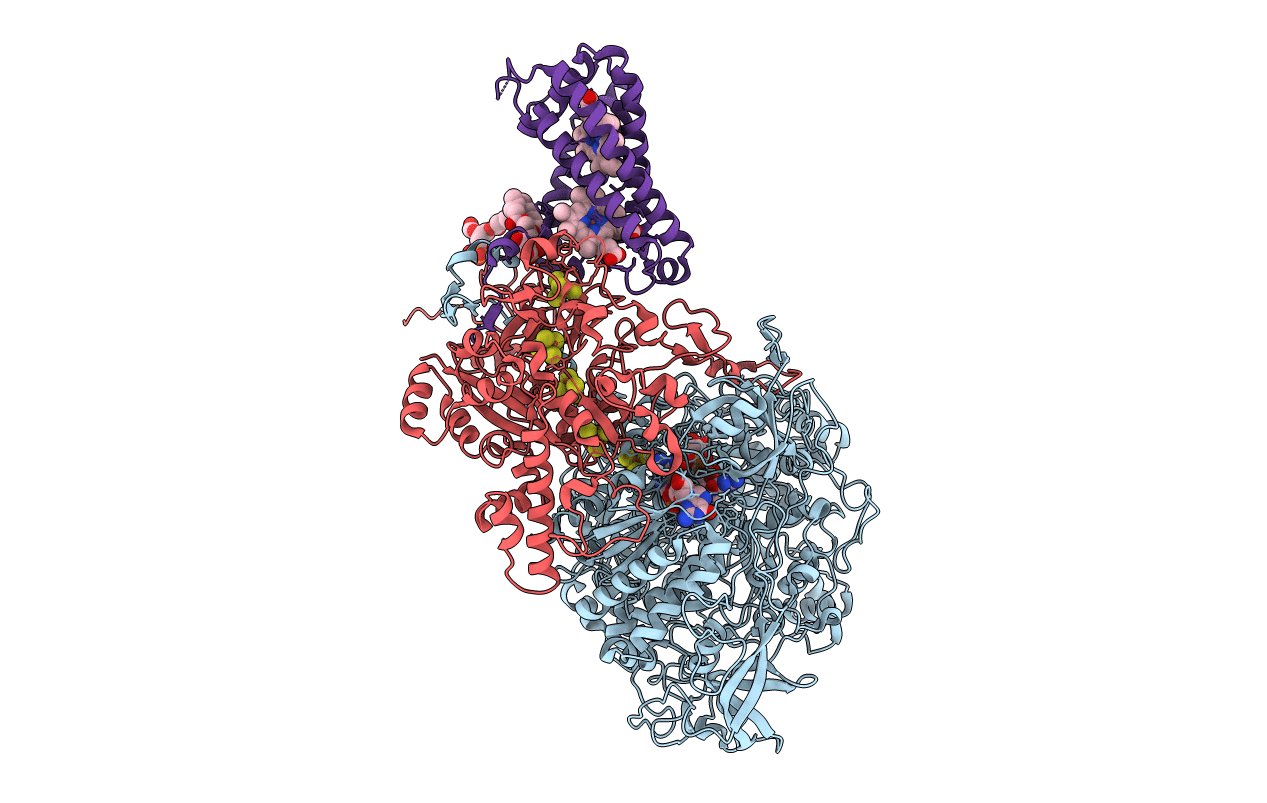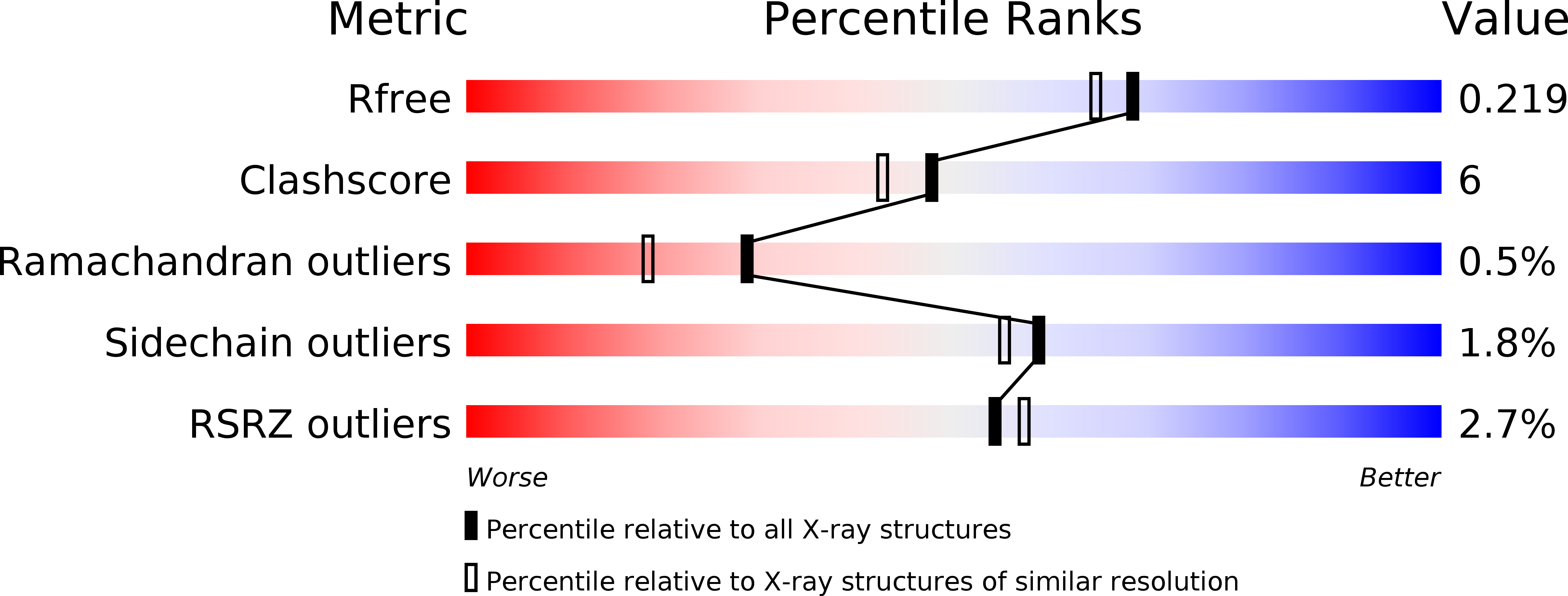
Deposition Date
2003-07-18
Release Date
2003-10-07
Last Version Date
2024-10-30
Entry Detail
PDB ID:
1Q16
Keywords:
Title:
Crystal structure of Nitrate Reductase A, NarGHI, from Escherichia coli
Biological Source:
Source Organism:
Escherichia coli (Taxon ID: 562)
Host Organism:
Method Details:
Experimental Method:
Resolution:
1.90 Å
R-Value Free:
0.23
R-Value Work:
0.20
R-Value Observed:
0.20
Space Group:
C 2 2 21


